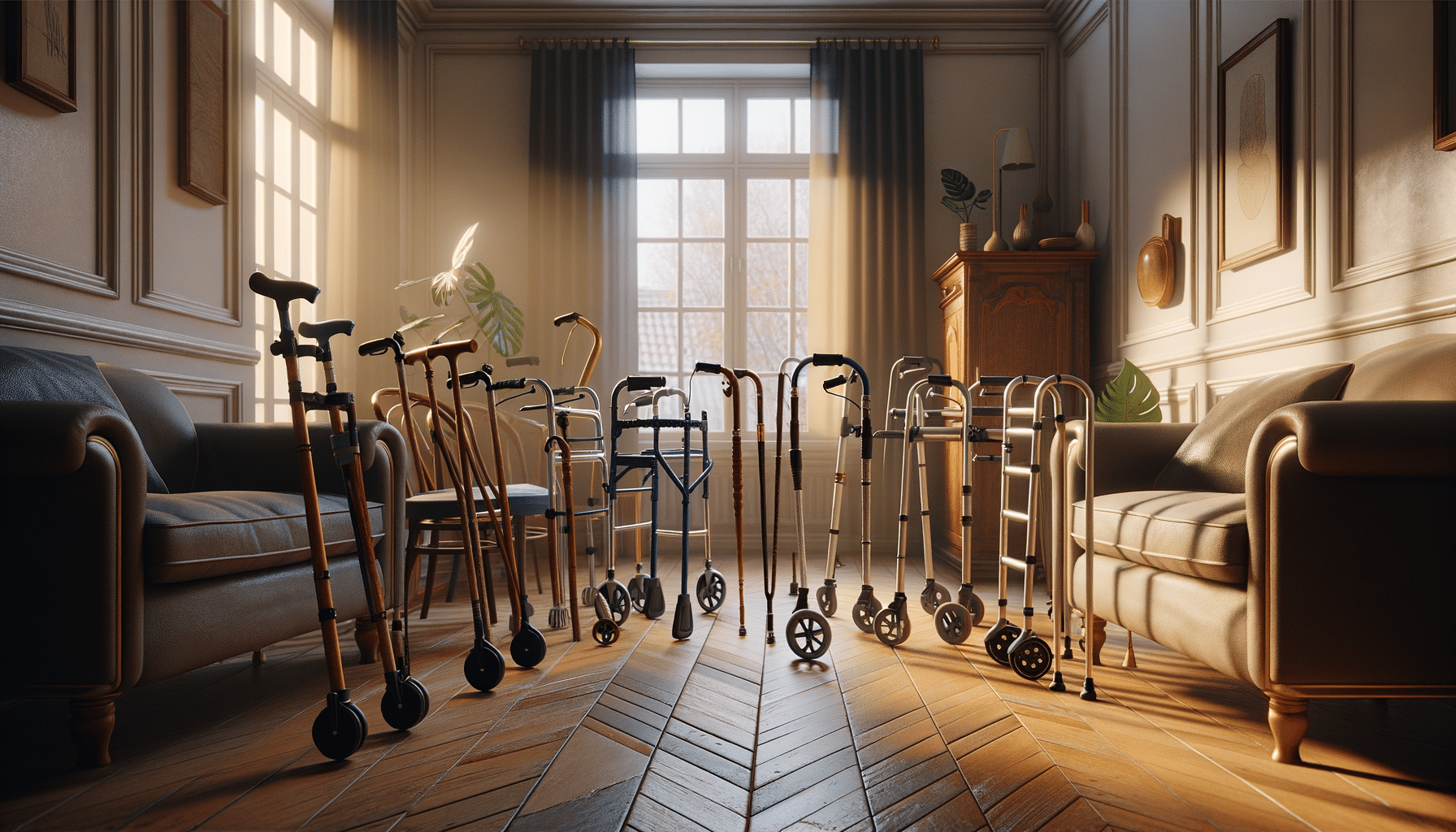
Understanding Yourself Better with a Simple Depression Test
Introduction to Depression Tests
Depression is a complex mental health condition that affects millions of people worldwide. It can manifest in various forms, from mild to severe, impacting daily life, relationships, and overall well-being. Understanding whether you are experiencing symptoms of depression is the first step towards seeking help and finding effective treatment. A depression test serves as a valuable tool for individuals to assess their emotional state and identify potential signs of depression. By taking a structured approach, these tests offer insights into the severity of symptoms and suggest whether professional evaluation might be necessary.
Depression tests are typically self-assessment tools that ask a series of questions related to mood, behavior, and thoughts. They are designed to be quick and accessible, allowing individuals to take them at their convenience. While these tests are not a substitute for professional diagnosis, they provide a preliminary understanding of one’s mental health state. This article explores the significance of depression tests, how they work, and why they are an essential component in the journey to mental wellness.
The Science Behind Depression Tests
Depression tests are grounded in psychological research and clinical studies that aim to identify patterns and indicators of depressive disorders. These tests often incorporate standardized questionnaires, such as the Beck Depression Inventory or the Patient Health Questionnaire (PHQ-9), which have been validated through rigorous scientific methods. The questions are carefully crafted to cover a range of symptoms, including feelings of sadness, loss of interest, changes in appetite, and sleep disturbances.
The strength of a depression test lies in its ability to quantify subjective experiences into measurable data. By assigning scores to each response, these tests can categorize the severity of depression, from mild to severe. This quantitative approach allows for a more objective assessment, which can be particularly helpful for individuals who may struggle to articulate their feelings or recognize their symptoms. Moreover, these tests can track changes over time, providing valuable insights into the effectiveness of treatment and interventions.
A critical aspect of depression tests is their accessibility and ease of use. With the rise of digital platforms, many tests are available online, offering anonymity and privacy. This accessibility encourages more people to take the first step in addressing their mental health concerns, reducing the stigma associated with seeking help. The science behind these tests not only supports their reliability but also reinforces their role as a bridge to professional care.
How to Interpret Depression Test Results
Interpreting the results of a depression test requires careful consideration of the scores and what they imply about one’s mental health. Most tests provide a score range that correlates with different levels of depression severity. For instance, a low score might indicate minimal or no depression, while a higher score could suggest moderate to severe depression. It’s important to approach these results with an open mind and understand that they are not definitive diagnoses.
After taking a depression test, the next step is to reflect on the results and consider seeking professional advice if needed. A mental health professional, such as a psychologist or psychiatrist, can provide a comprehensive evaluation and develop a tailored treatment plan. This might include therapy, medication, lifestyle changes, or a combination of these approaches. It’s crucial to remember that depression is a treatable condition, and seeking help is a sign of strength, not weakness.
For those who score in the mild range, self-care strategies and support groups might be beneficial. Engaging in regular physical activity, maintaining a balanced diet, and practicing mindfulness are effective ways to manage mild symptoms. However, if the test indicates moderate to severe depression, professional intervention is recommended. Understanding the nuances of test results empowers individuals to make informed decisions about their mental health journey.
The Role of Depression Tests in Mental Health Awareness
Depression tests play a significant role in raising awareness about mental health issues and encouraging proactive measures. By providing an accessible entry point for individuals to explore their emotional well-being, these tests help demystify depression and reduce associated stigma. They serve as a reminder that mental health is an integral part of overall health and should be prioritized accordingly.
In recent years, mental health awareness campaigns have emphasized the importance of early detection and intervention. Depression tests contribute to this effort by offering a simple yet effective way to identify potential concerns. They encourage individuals to take charge of their mental health and seek support when necessary. Additionally, these tests can prompt conversations about mental health in communities, workplaces, and families, fostering a more supportive environment for those affected by depression.
By integrating depression tests into broader mental health initiatives, we can create a culture that values mental wellness and supports individuals in their pursuit of happiness and fulfillment. These tests are not just tools for diagnosis but are also catalysts for change, inspiring individuals to prioritize their mental health and seek the help they deserve.
Conclusion: Embracing Mental Health Tools
The journey to understanding and managing depression starts with recognizing the need for help. Depression tests are one of the many tools available to aid in this process. They provide a valuable starting point for individuals to explore their mental health and make informed decisions about seeking professional care. By encouraging self-awareness and promoting early intervention, these tests contribute to a broader movement towards mental health empowerment.
For anyone experiencing symptoms of depression, taking a depression test can be a powerful step towards healing. It is essential to approach the results with an open mind and consider them as part of a larger picture of one’s mental health. Embracing the use of mental health tools, such as depression tests, can lead to a more fulfilling and balanced life. Remember, seeking help is a courageous act, and there is a network of support ready to assist you on your journey to mental wellness.

